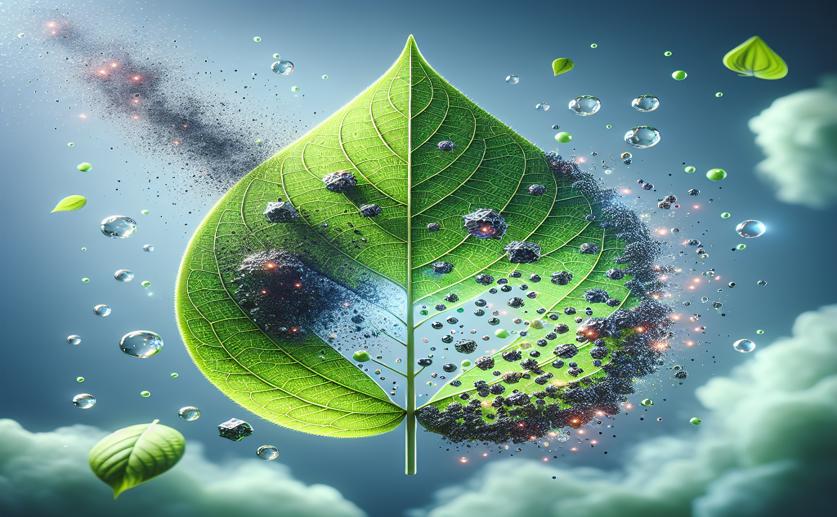
Eco-Friendly Method for Making Pollutant-Breaking Nanoparticles
David Palenski
9th January, 2024

Image Source: Natural Science News, 2024
EnvironmentSustainabilityBiotech
References
Main Study
1) Croton macrostachyus Leaf Extract-Mediated Green Synthesis of ZnO Nanoparticles and ZnO/CuO Nanocomposites for the Enhanced Photodegradation of Methylene Blue Dye with the COMSOL Simulation Model.
Published 9th January, 2024
https://doi.org/10.1021/acsomega.3c06155



 16th January, 2024 | Jenn Hoskins
16th January, 2024 | Jenn Hoskins